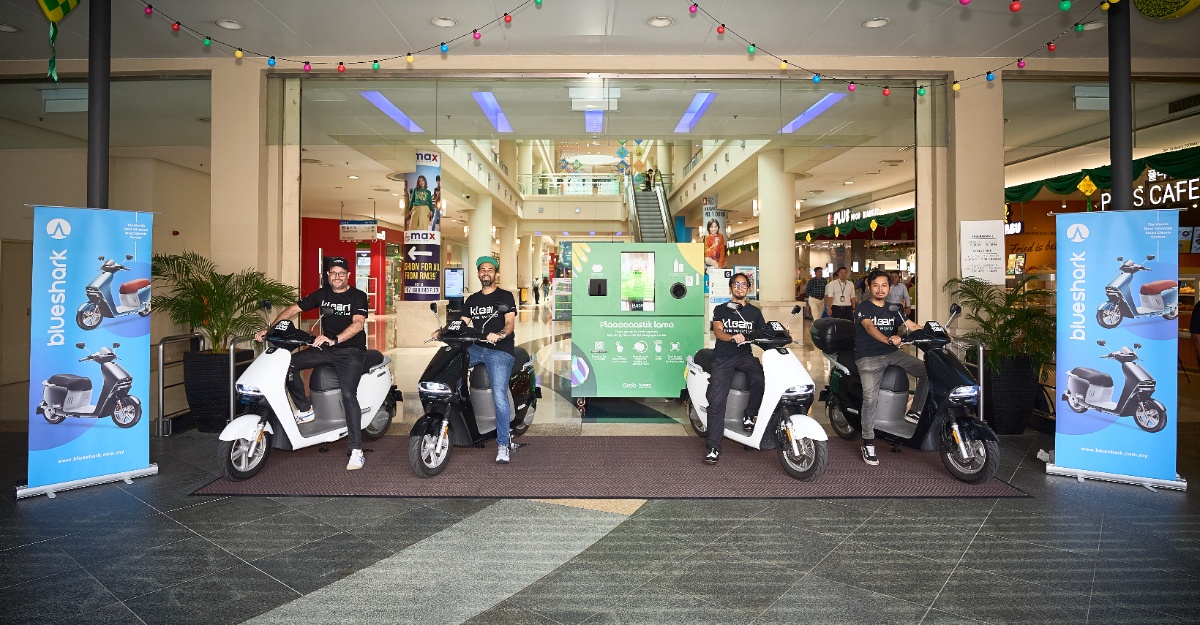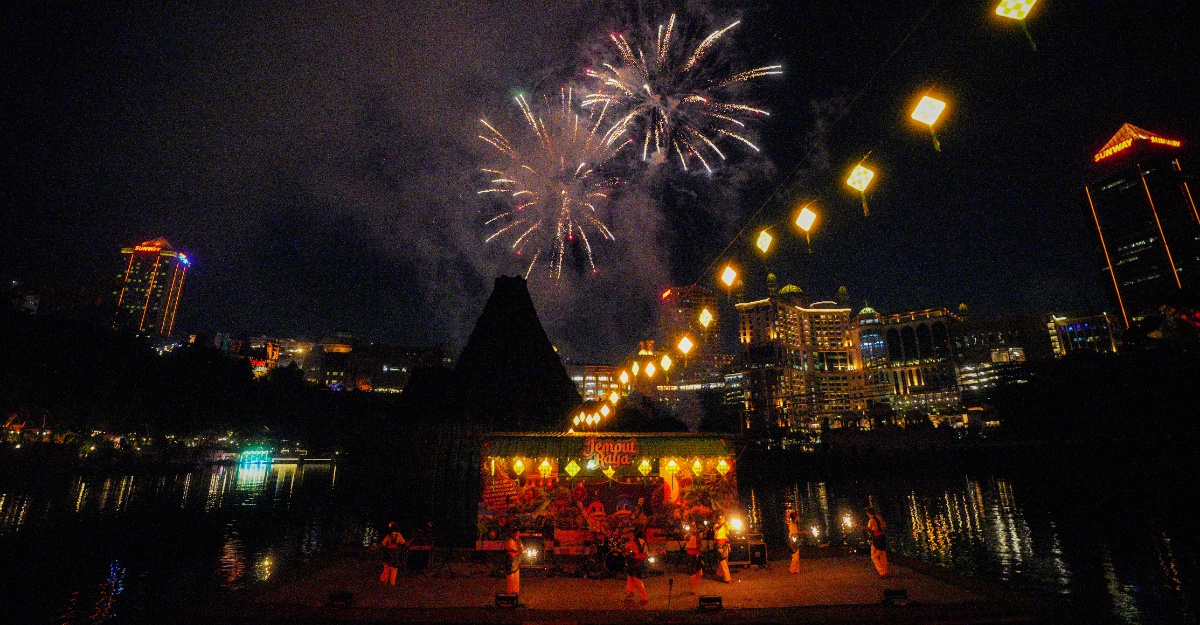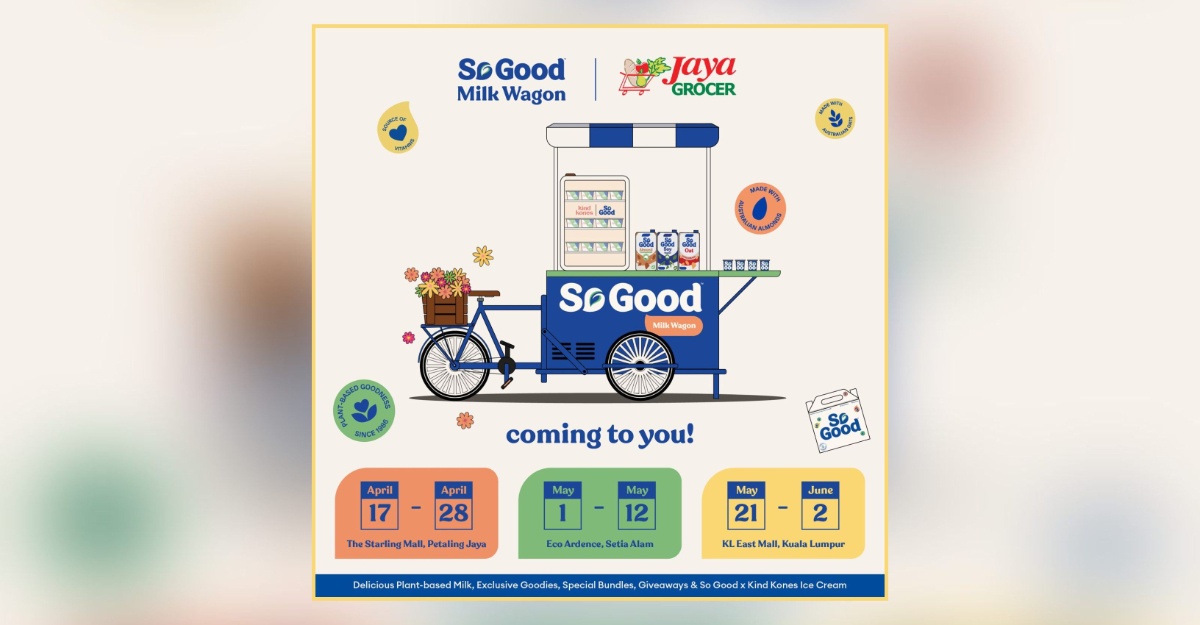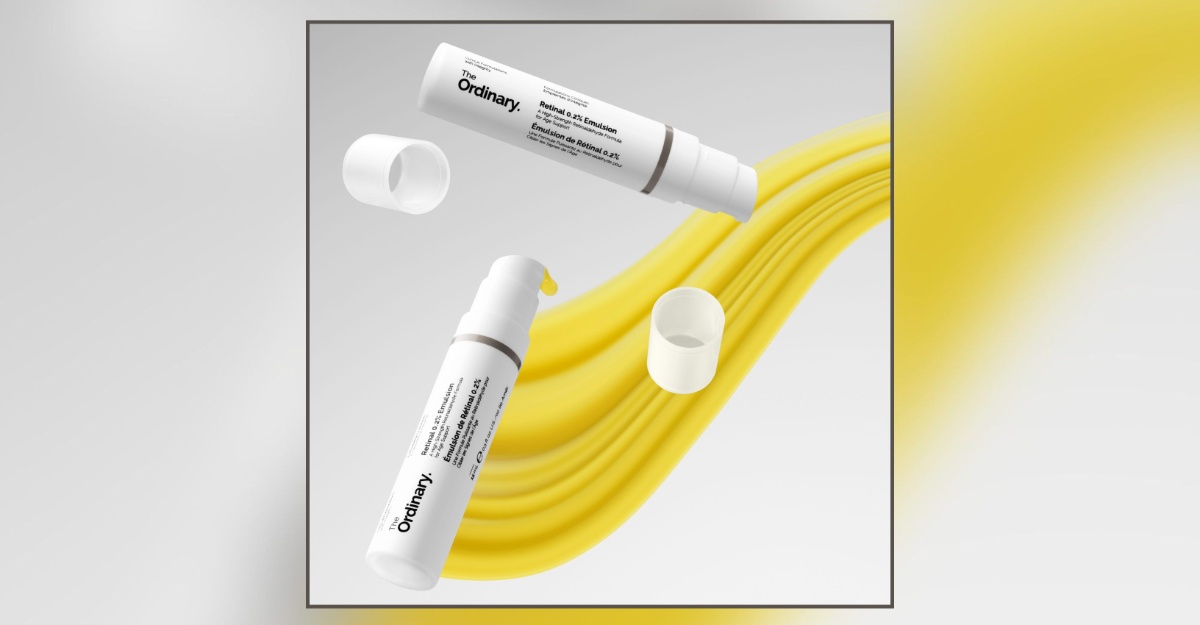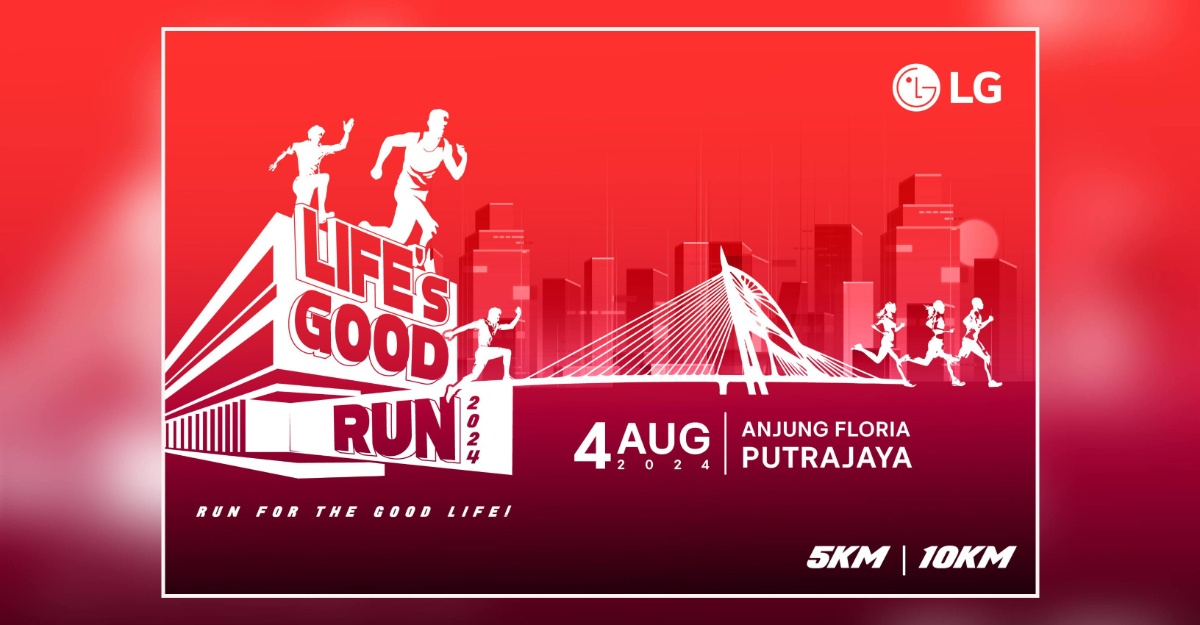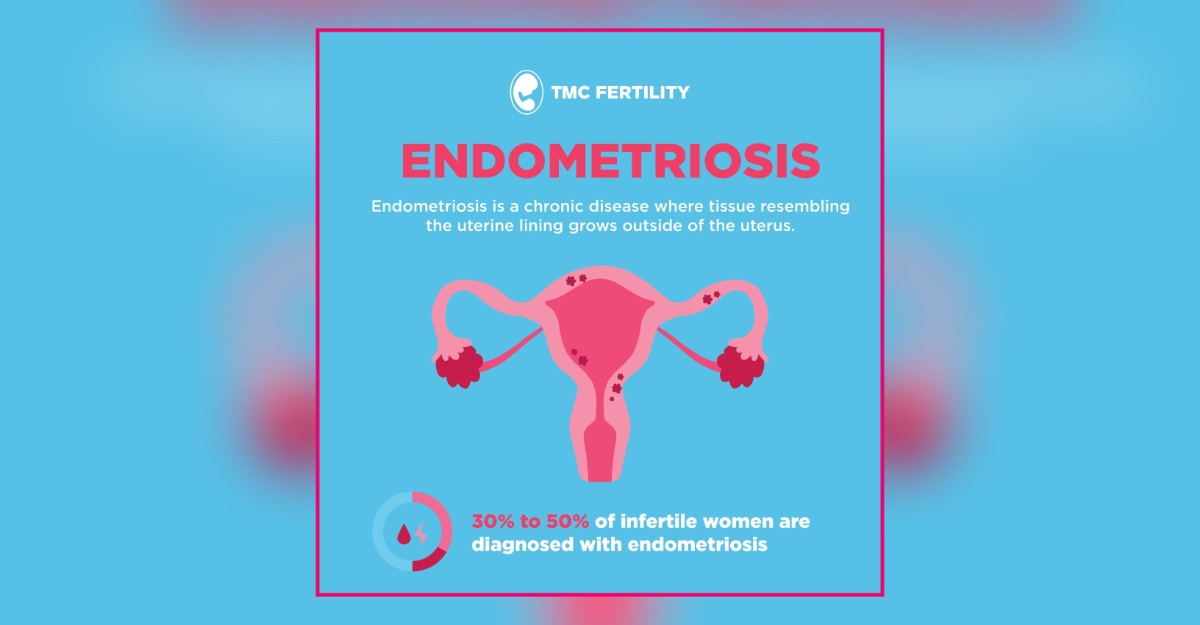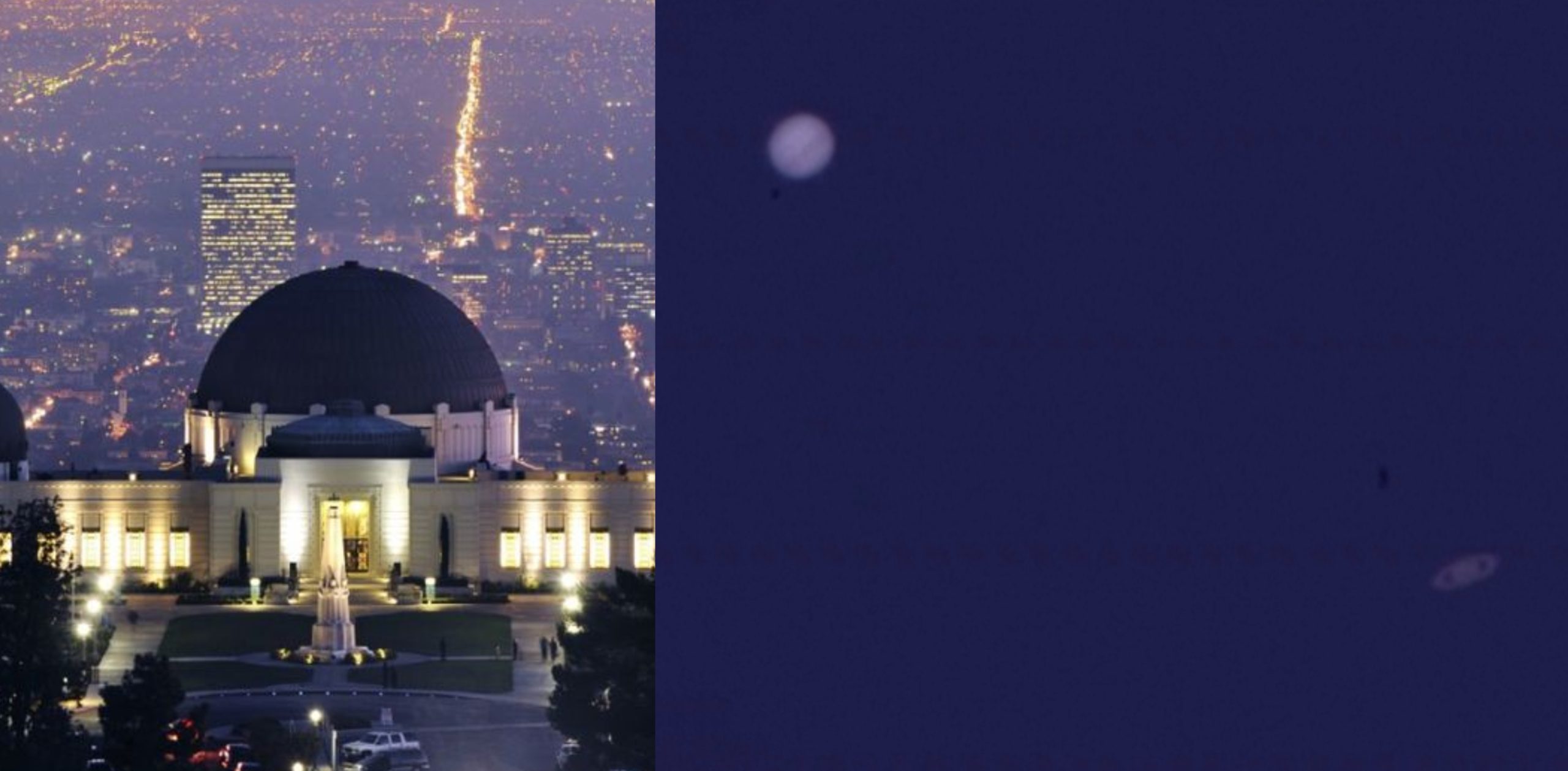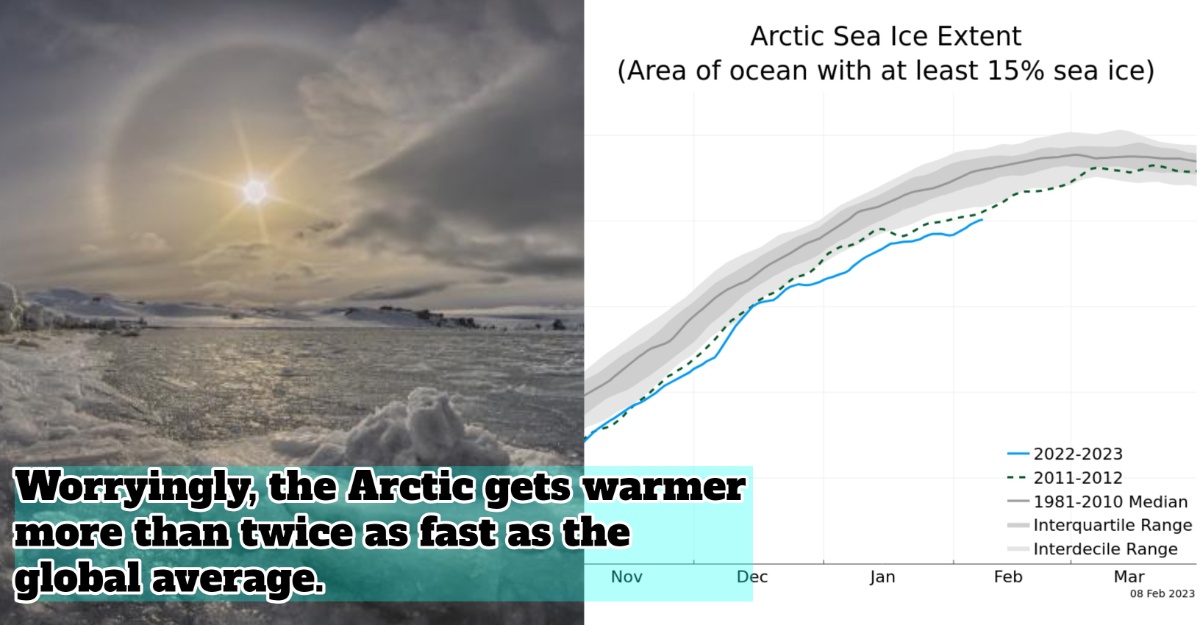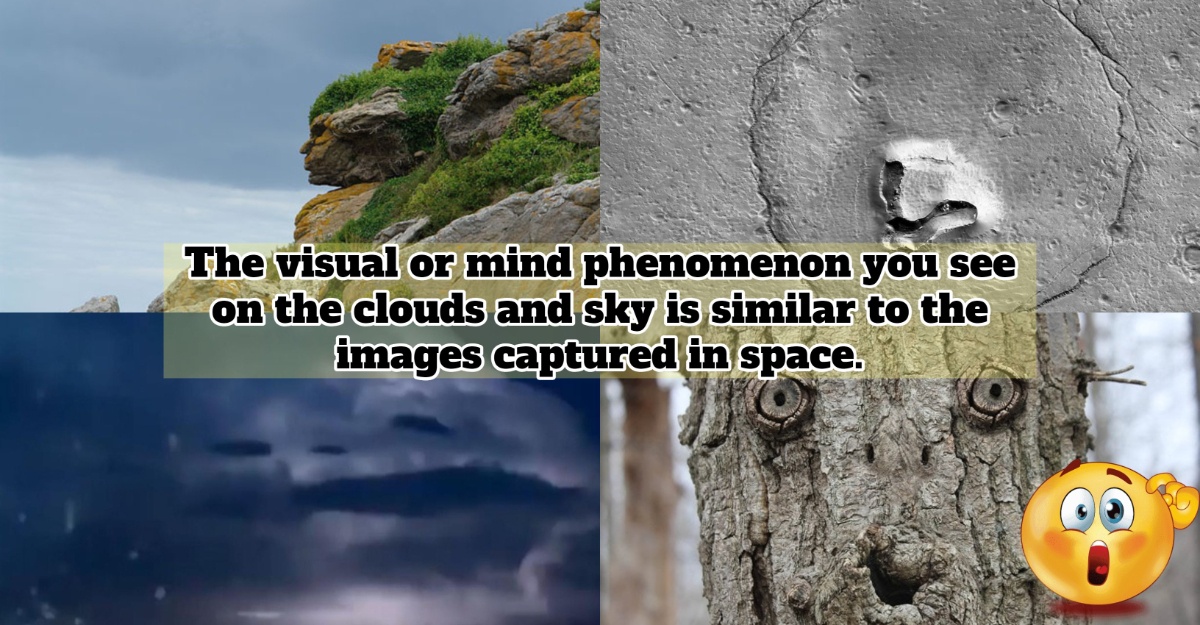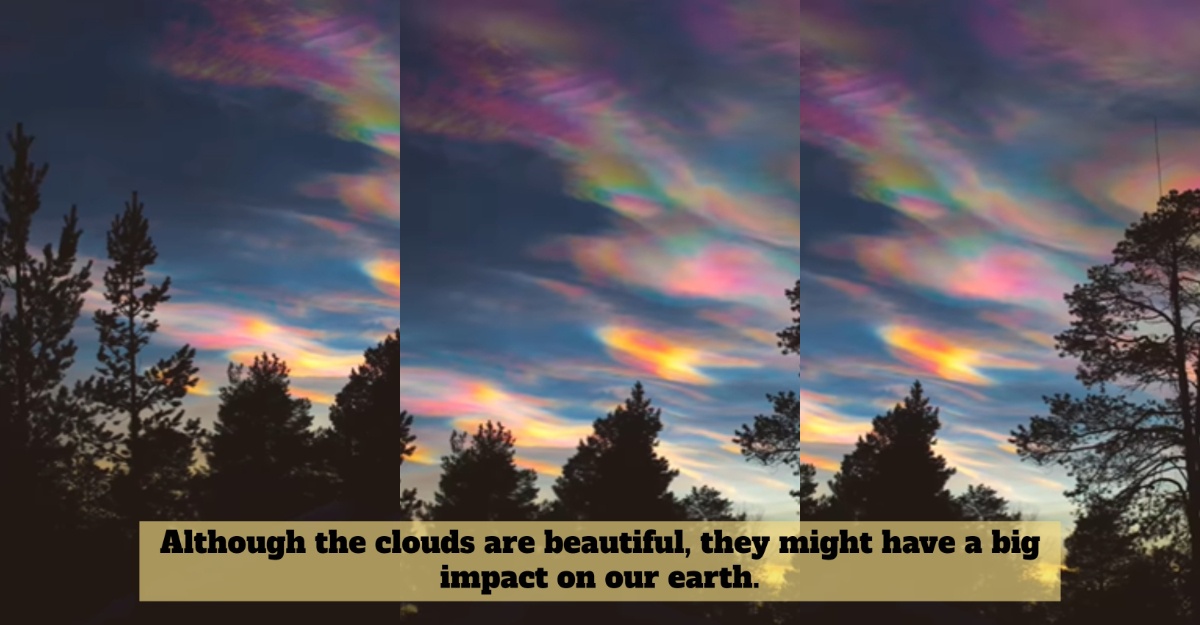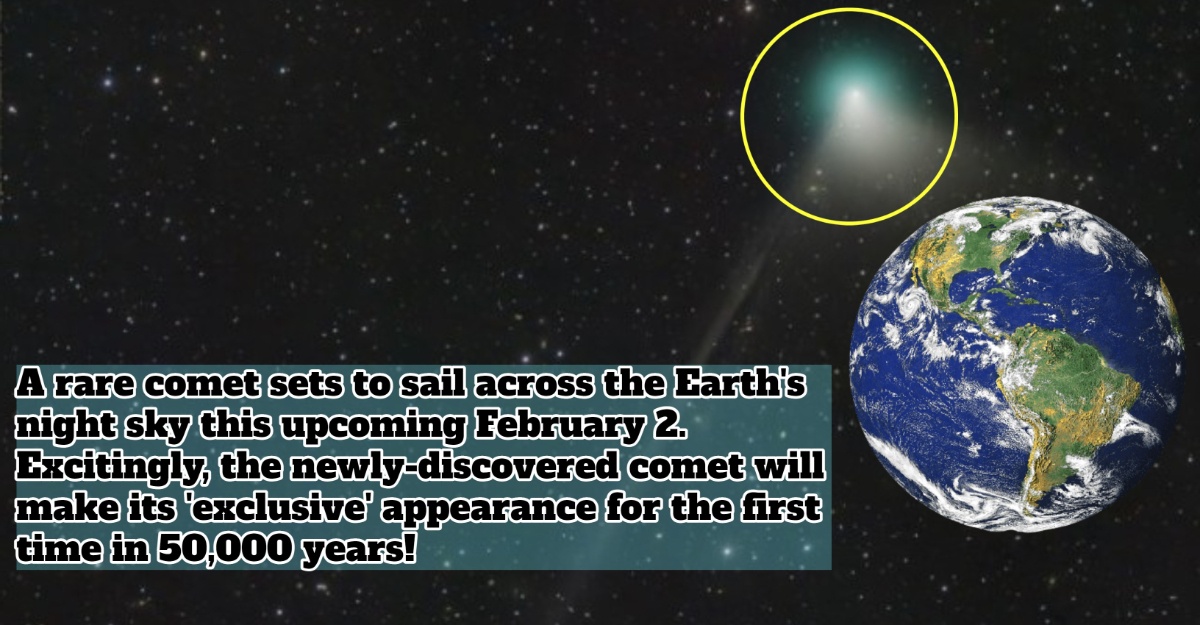According to Reuters on Monday, the evening sky over the Northern Hemisphere treated stargazers to a once-in-a-lifetime illusion when the two largest planets of the solar system appeared to meet in a celestial alignment that astronomers term the “Great Conjunction.”
The unusual spectacle resulted from a close collision of the orbits of Jupiter and Saturn that coincided with the winter solstice on Monday, the shortest day of the day.
The two frozen-gas spheres seemed similar and more vivid for those able to witness the alignment in clear skies – almost as a single point of light – than at any time in 800 years.
This is the closest recording of these two planets since 1623. The Great Conjunction of Jupiter and Saturn occurred more than a decade after the invention of the telescope. The Great Conjunction took place in 1226, prior to 1623.
The “great conjunction” is widely referred to as the “Christmas Star.” Nearly all audiences worldwide were able to see the two gas giants very close to each other on December 21, while in space they were still hundreds of millions of miles apart.
Henry Throop, an astronomer at the National Aeronautics and Space Administration headquarters in Washington, said that Jupiter – the brighter and larger of the pair – has been steadily circling Saturn in the sky for weeks as the two planets pass around the sun, each in its own lane in an enormous celestial racetrack.
“From our vantage point, we’ll be able to be to see Jupiter on the inside lane, approaching Saturn all month and finally overtaking it on Dec. 21,” Throop said in a statement last week.
Jupiter and Saturn appeared to be only one-tenth of a degree apart at the point of convergence, approximately equal to the thickness of a dime kept at arm’s length. In fact, of course, according to NASA, the planets remain hundreds of millions of miles apart.
A conjunction takes place only once every 20 years between the two planets. But Jupiter and Saturn came as close together in the atmosphere for the last time as it was on Monday in 1623, an alignment that took place during daytime and was thus not visible from most places on Earth.
Long before telescopes were invented, in 1226, halfway through the building of Notre Dame Cathedral in Paris, the last visible great conjunction occurred.
As they almost merge in the sky, the increased light of the two planets has sparked the unavoidable speculation about whether they created the “Christmas star” that the New Testament mentions as having led the three wise men to the baby Jesus.
But astronomer Billy Teets, acting director of the Dyer Observatory at Vanderbilt University in Brentwood, Tennessee, said that the Great Conjunction is only one of a few potential reasons for the biblical phenomenon.
“I think that there is a lot of debate as to what that might have been,” Teets told WKRN-TV in Nashville in a recent interview.
Astronomers proposed that gazing toward the southwest in an open field about an hour after sunset was the safest way to view Monday’s conjunction.
“Big telescopes don’t help that much, modest binoculars are perfect, and even the eyeball is okay for seeing that they are right together,” Jonathan McDowell, an astronomer at the Harvard-Smithsonian Center for Astrophysics, wrote in an email to Reuters.
Astronomers proposed that gazing toward the southwest in an open field about an hour after sunset was the safest way to view Monday’s conjunction.
Source: Reuters











